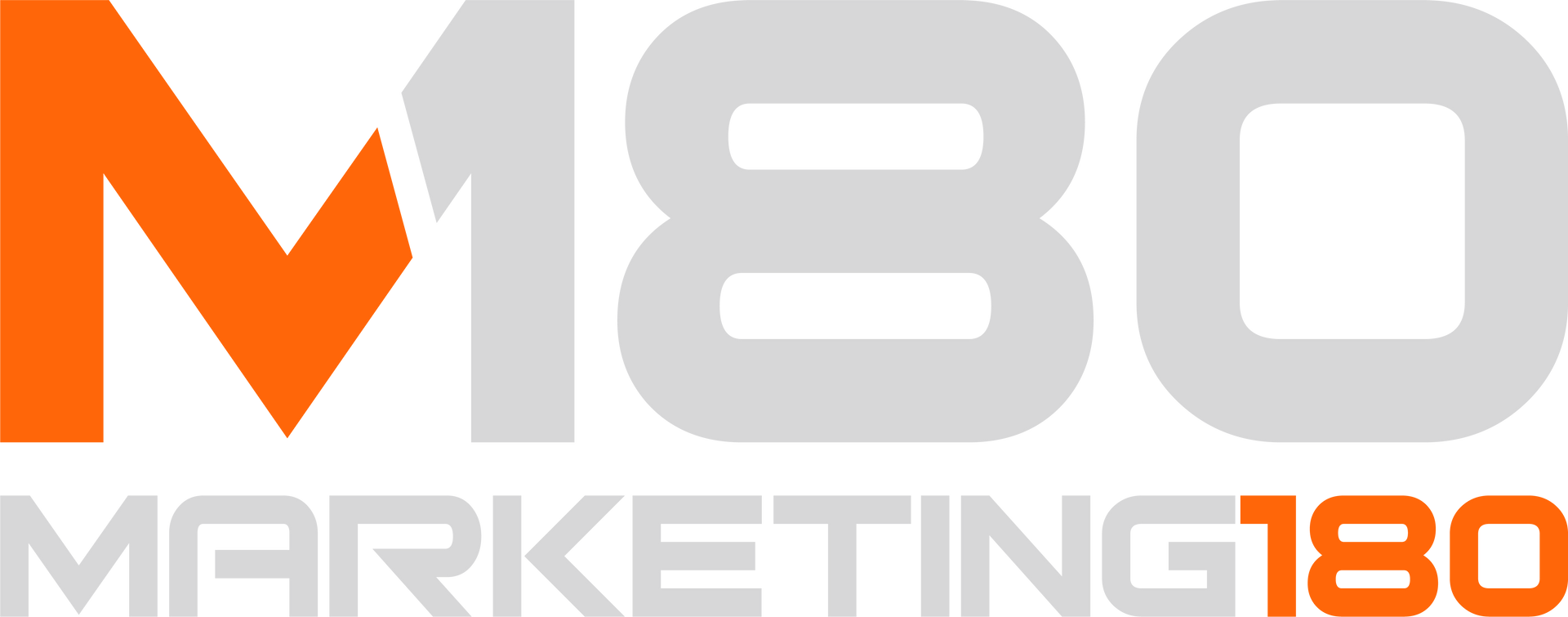Five Ways You Can Lower Your Credit Card Fees
Brian Stearman • Nov 14, 2022
five ways you can lower your credit card fees
Credit cards make it simple for your company to receive payments, but they also cause a small cash flow leak. Processing fees may appear minor and may take some time to comprehend, but a 1.5%-3.5% reduction in cash flow can quickly add up to thousands of dollars in lost revenue.
Credit card fees, thankfully, are usually simple to reduce or eliminate if you know where to look. Continue reading to learn about credit card fees and common fee structures.
How do fees for credit cards work?
To process a credit card payment, most payment processing services charge a fee. This charge, however, does not go to the credit card user; instead, it is deducted from the amount collected by your business. The fee amount is determined by the POS system, the amount of client information collected, the card issuer, and other factors.
The credit card processing fee you pay is made up of three parts: assessment, interchange, and payment processor fees.
Assessment Charges
These fees are standard with card use and fund the card brand (such as Visa or Mastercard). These fees are reasonable, but they are not negotiable. Some brands charge higher assessment fees than others, which is why many smaller businesses refuse to accept American Express payments.
Exchange Fees
These fees are charged by card networks to help cover the costs of purchase risks such as fraudulent purchases. The amount of the interchange fee varies greatly depending on several factors, including the transaction amount, whether the card is swiped or numbers are manually entered, and even your industry type. These charges are also non-negotiable.
Payment Processor Surcharge
The payment processor's markup is the final component of credit card processing fees. This is how POS systems generate revenue and cover their operating expenses. You can only negotiate the processor markup fee.
The payment processor may also have different charging structures, each with different risks and a total payment amount.
• Pricing Structure
The flat-rate model is one of the most transparent fee structures, but it may be more expensive. This model makes use of a predetermined percentage (also known as a fixed rate) per transaction. A few cents are sometimes added to each transaction as well. You could, for example, pay 2.5% plus 25 cents per transaction. If your small business earns less than $5,000 per month, a flat rate is often the best option.
• Pricing Tiers
Based on criteria such as client information, card issuer, and transaction amount, this method categorizes transactions as exempt, partially exempt, or non-exempt. You won't be able to find a pattern by simply looking at your charges, so contact the payment processor to find out. This method is also prone to unexpected charges.
• Interchange Pricing
The interchange-plus fee structure is a more transparent fee structure. A payment processor will send you any interchange and assessment fees directly, followed by their processing fee. As a result, you'll know exactly how much you're paying to accept credit cards, making it much easier to negotiate the right credit cards.
How to Cut Credit Card Processing Costs
Now that you know what's negotiable and how you're charged for accepting credit card payments, try these five ways to save money and cut your fees.
1. Negotiation Request
Going directly to the source — the payment processor — is one of the simplest ways to reduce your credit card payment fees. Inquire about the fees they charge and whether they can be reduced or waived in the future. You might be surprised at how good a deal you can get just by picking up the phone and asking! However, it is best to enter the call prepared to bargain.
2. Choose the Correct POS Processor
Some POS portals charge more than others. Many small businesses, for example, use Square or Stripe because they are simple to set up. However, the credit card processing fees for these POS methods may be higher than for others. So, do some research and think about getting a low-cost POS processor to help you reduce your fee payments.
3. More Client Information Is Required
Some credit card processing fees are higher when only a card number is used. They are lower, however, when you have a client's name, address, and security code. As a result, you can request more information at the time of sale to reduce the cost of processing the payment. Swiping the card can also help you save money on credit card processing fees.
4. Forward it on
Some businesses simply pass on the additional cost to their customers, such as a convenience fee. If you accept debit and ACH payments, for example, you can promote them as free while noting that credit card payments incur a 3% surcharge. This gives your customers options, knowing they're paying for the convenience of using a credit card.
Many state laws govern how you can charge this fee to your clients. They're loosening up over time, making it easier to stay compliant while passing on credit card processing fees. Check your local laws and keep detailed reporting or collection methods.
5. Instead, use ACH.
Finally, you can avoid using credit cards entirely. The term "ACH" refers to the method of collecting bank account information for a direct bank debit transaction. Many people use this method to pay their electric, internet, and mortgage bills. This method of transfer can significantly lower your credit card processing fees.
Understand Before You Swipe
It's important to understand the different costs that come with accepting credit cards. Knowing this information ahead of time will help you determine which digital payments make the most sense for your company and where you can find any money that has been left on the table.











